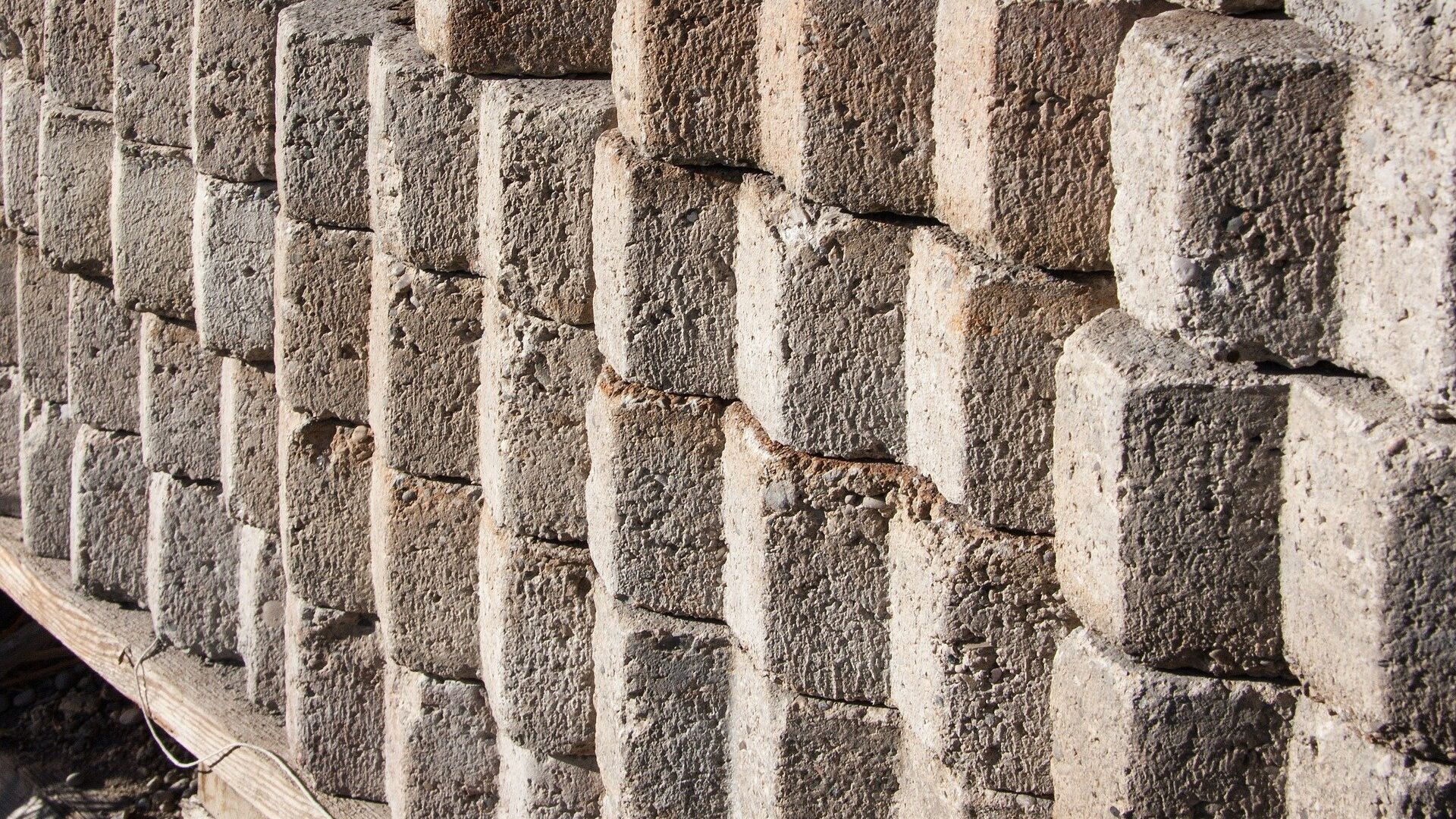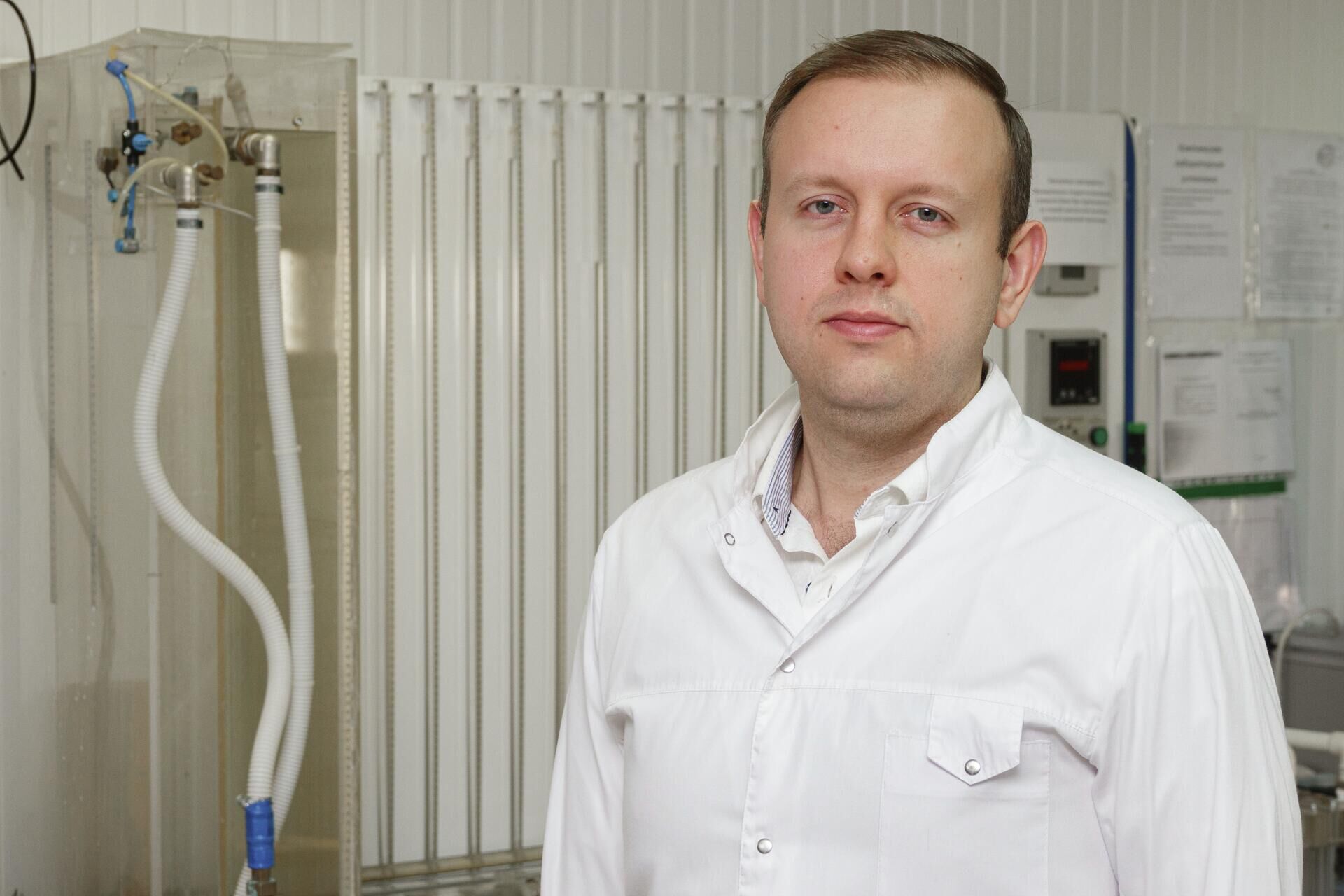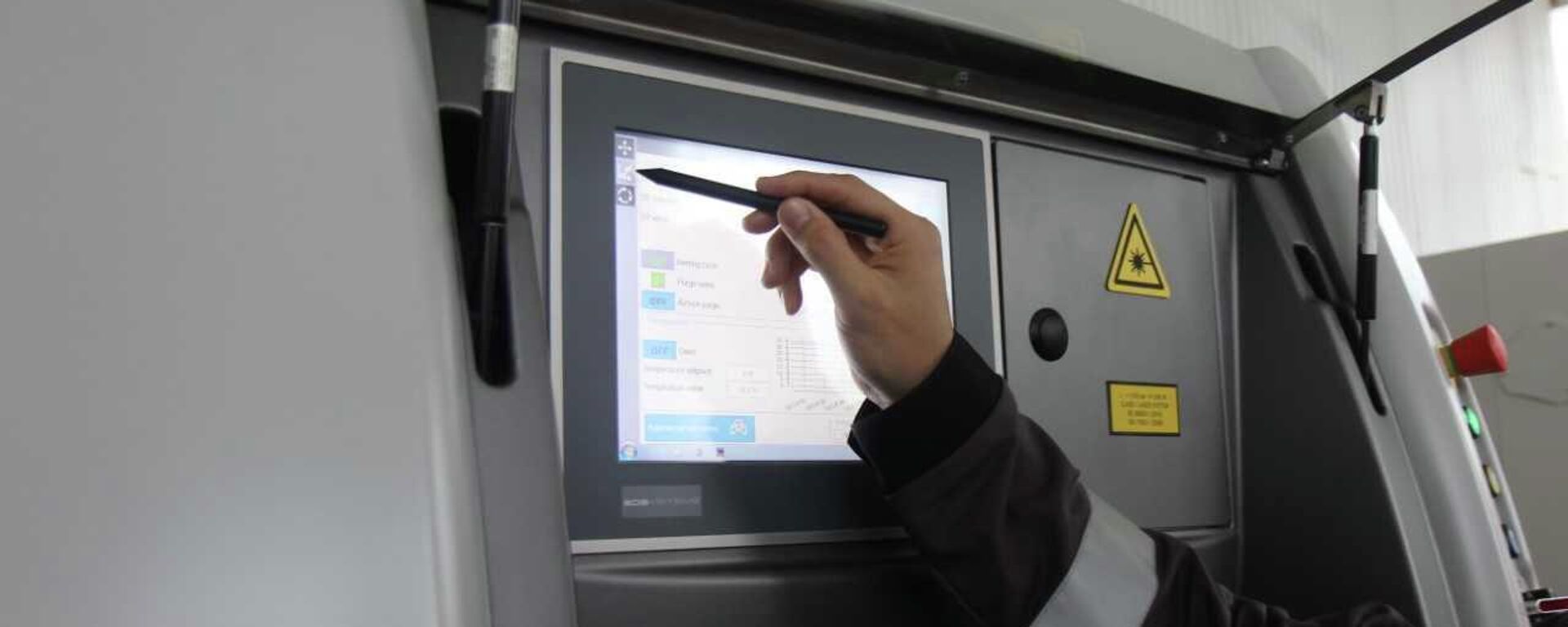https://sputnikglobe.com/20220621/russian-scientists-find-way-to-improve-concrete-quality-with-burnt-straw-1096531669.html
Russian Scientists Find Way to Improve Concrete Quality With Burnt Straw
Russian Scientists Find Way to Improve Concrete Quality With Burnt Straw
Sputnik International
Researchers from Don State Technical University (DSTU, Rostov-on-Don in Russia) have found that using burnt rice straw in the production of concrete improves... 21.06.2022, Sputnik International
2022-06-21T16:43+0000
2022-06-21T16:43+0000
2022-06-21T16:44+0000
russia
scientific research
concrete
https://cdn1.img.sputnikglobe.com/img/104748/72/1047487294_0:100:1921:1180_1920x0_80_0_0_729f32e5581608b66ca471461286aa9b.jpg
The DSTU scientists claim that their new environmentally friendly technology of concrete production would also help to make efficient use of agricultural waste. The study results were published in the Applied Sciences Journal.Burnt straw, ground to a fine powder, can be successfully used in the production of building materials, the Don State Technical University (DSTU) reported. Straw can be added to building materials - for example, in the manufacture of building blocks on the cement binder. According to the scientists, this would improve construction materials' strength and thermal insulation characteristics.The DSTU researchers have experimentally established that the most effective additive is biochar from rice straw in an amount of 6 percent of the cement's mass. Enhancement of concrete properties was expressed in the increase of its physical and mechanical characteristics and changes in the deformability according to results of the analysis of the stress-strain diagrams. The increase in strength characteristics ranged from 17 percent to 25 percent. The modulus of elasticity increased by up to 14 percent and the deformation characteristics decreased.According to the DSTU specialists, using industrial by-products in the composition of binders and concrete, and reducing the share of Portland cement is extremely important to maintain and improve the mechanical characteristics of the resulting products and their service life. Therefore, they focused on studying the impact of biochar additive on the microstructure and properties of concrete and on obtaining a composite with improved characteristics because of nanomodification of recycled rice straw biochar.According to preliminary estimates of DSTU scientists, the introduction of a finely dispersed additive of rice straw biochar modified by the electromagnetic method leads to a decrease in cement consumption by up to 10 percent.Similar studies are conducted all over the world, but the novelty of the research of DSTU scientists is to create an environmentally friendly technology of producing concrete using agricultural waste - rice straw, developing the composition of concrete and identifying the dependence of its properties on nanomodification of recycled rice straw biochar.Scientists have outlined methods of recycling and utilization of production waste, formula and technological factors that affect the process of making a concrete conglomerate with nanomodification.The study was carried out in accordance with the Russian government's “Priority–2030” strategic academic leadership program in the direction of “New Environmentally Friendly Materials for the Construction of Buildings and Structures Using Vegetable Raw Materials and Agricultural Waste”.
https://sputnikglobe.com/20220608/russian-scientists-develop-high-strength-material-for-use-in-space--far-north-1096098324.html
Sputnik International
feedback@sputniknews.com
+74956456601
MIA „Rossiya Segodnya“
2022
Sputnik International
feedback@sputniknews.com
+74956456601
MIA „Rossiya Segodnya“
News
en_EN
Sputnik International
feedback@sputniknews.com
+74956456601
MIA „Rossiya Segodnya“
Sputnik International
feedback@sputniknews.com
+74956456601
MIA „Rossiya Segodnya“
scientific research, concrete
scientific research, concrete
Russian Scientists Find Way to Improve Concrete Quality With Burnt Straw
16:43 GMT 21.06.2022 (Updated: 16:44 GMT 21.06.2022) Researchers from Don State Technical University (DSTU, Rostov-on-Don in Russia) have found that using burnt rice straw in the production of concrete improves its physical and mechanical characteristics by nearly 25 percent.
The DSTU scientists claim that their new environmentally friendly technology of concrete production would also help to make efficient use of agricultural waste. The study results were
published in the Applied Sciences Journal.
Burnt straw, ground to a fine powder, can be successfully used in the production of building materials, the Don State Technical University (DSTU) reported. Straw can be added to building materials - for example, in the manufacture of building blocks on the cement binder. According to the scientists, this would improve construction materials' strength and thermal insulation characteristics.
The DSTU researchers have experimentally established that the most effective additive is biochar from rice straw in an amount of 6 percent of the cement's mass. Enhancement of concrete properties was expressed in the increase of its physical and mechanical characteristics and changes in the deformability according to results of the analysis of the stress-strain diagrams. The increase in strength characteristics ranged from 17 percent to 25 percent. The modulus of elasticity increased by up to 14 percent and the deformation characteristics decreased.
According to the DSTU specialists, using industrial by-products in the composition of binders and concrete, and reducing the share of Portland cement is extremely important to maintain and improve the mechanical characteristics of the resulting products and their service life. Therefore, they focused on studying the impact of biochar additive on the microstructure and properties of concrete and on obtaining a composite with improved characteristics because of nanomodification of recycled rice straw biochar.
“The research enables us to solve a significant problem not only for the construction sector, as the final consumer of the results of our work, but also for agriculture. This sector will certainly be an interested party and a supplier of raw materials, which are in abundance at the moment,” Sergey Stel’makh, Associate Professor at the DSTU Department of Engineering Geology, Bases, and Foundations, said.
According to preliminary estimates of DSTU scientists, the introduction of a finely dispersed additive of rice straw biochar modified by the electromagnetic method leads to a decrease in cement consumption by up to 10 percent.
Similar studies are conducted all over the world, but the novelty of the research of DSTU scientists is to create an environmentally friendly technology of producing concrete using agricultural waste - rice straw, developing the composition of concrete and identifying the dependence of its properties on nanomodification of recycled rice straw biochar.
Scientists have outlined methods of recycling and utilization of production waste, formula and technological factors that affect the process of making a concrete conglomerate with nanomodification.
“First of all, we are interested in a detailed analysis of the used raw materials, and then in the dependences between the final characteristics of the obtained concrete conglomerate nanomodified with recycled rice straw biochar. Thus, we trace each cycle of the ongoing study and record the result at each stage step by step,” said Stel’makh.
The study was carried out in accordance with the Russian government's “Priority–2030” strategic academic leadership program in the direction of “New Environmentally Friendly Materials for the Construction of Buildings and Structures Using Vegetable Raw Materials and Agricultural Waste”.




